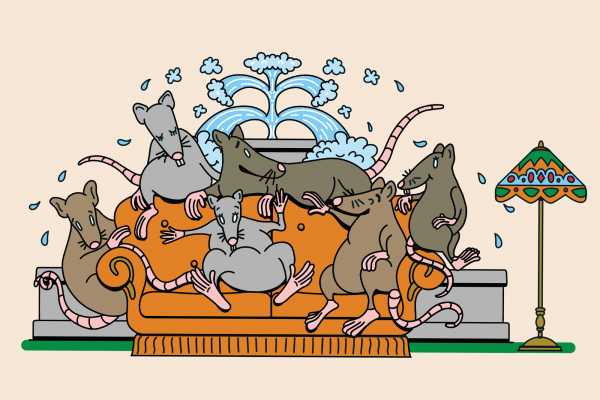WHEN I MOVED to Washington, D.C., the second thing I noticed was the rats. (The first was that D.C. drivers are more aggressive than those from Indiana. I’ve since learned to use my horn liberally.)
I’m not proud of my initial response to these furry children of God. I shrieked. I complained. I was frightened to go outside at night, because with every step I took, I heard them scurrying. I could practically feel their long, pink tails tickling my ankles. I filled their burrows with dirt and rocks, covering them with bricks. I was proud of my resourcefulness, until I found the bricks shoved aside and the burrows reestablished. These rats were strong and resilient. Touché, rats. Touché.
As winter approached, the rat population shrank. Small communities could still be found dwelling near dumpsters, and I realized that like me, the rats were just trying to survive. I began learning about the plight of the urban rat and became convicted that as Christians committed to social justice, we must open our hearts to Rattus norvegicus.
You might roll your eyes and ask, “Is a Christian response to rats really necessary?” I assure you, it is. We don’t bat an eye at squirrels (also rodents), yet we are universally disgusted by rats, which are, in case you’ve forgotten, also part of God’s creation. We are so possessive over our trash that we would rather kill the rats than let them enjoy our chicken bones. We must do better.
That’s why I’m launching NIBBLE (Nonviolent Interventions By Bible-Loving Evangelicals), a nonprofit focused on improving human-rat relations in accordance with the gospel. Here’s a preview of our five-step plan for building Beloved Community with neighborhood rats:
Read the Full Article

